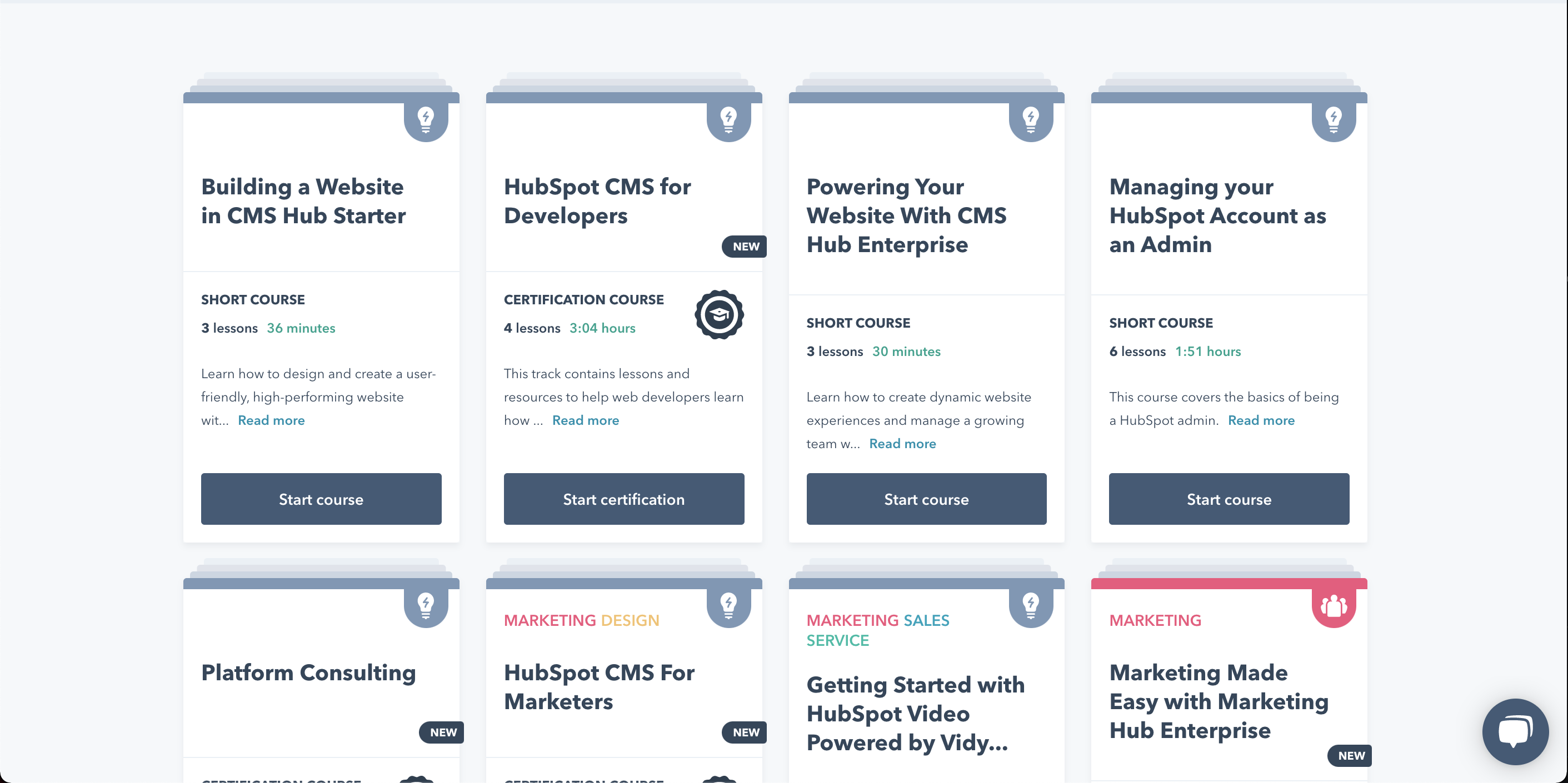

Northpass is now Gainsight Customer Education.
For all of the latest on our customer onboarding and training solutions, check out Skilljar by Gainsight.

For all of the latest on our customer onboarding and training solutions, check out Skilljar by Gainsight.
What's the biggest key to success for product-first companies?
People using the product.
But to use the product, they need to understand the ins and outs of it and how to realize value.
The best way to do that is with a product education program.
What’s product education? Product education provides customers, employees, gig workers and channel partners with the necessary resources and knowledge they need to be successful with a product. The best product education programs help increase product and feature adoption, improve satisfaction and lower churn. Today and far into the future, product education is a must.
There’s more than one way to apply product education and training. The four we’re going to talk about here apply to customers, channel partners, gig workers and employees.
When use hear someone talk about product education, what's the first use case you think about?
This makes sense because the only way for product companies to stay in business is to get their customers to use their product. That's what product education aims to do.
Here are a few examples:
However your product education program comes to fruition, it has the same goal: Keep your customers using your product. It's as simple as that.
Below is an example of The HubSpot Academy. As you can see, the courses aim to help HubSpot's customers make the most of its products.

Product education can also help channel partners stay informed about products and services so they can remain aligned with your organization’s business goals and effectively sell them outside of your walls.
FYI: If you're not familiar with channel partners, you can think about them as an extension of your sales team who go outside of your walls to advocate and sell your product.
Product education for channel partners is similar to how you'd apply it to your sellers. For your channel partners to be effective, they need to be power users, understand your customers' pain points, how to talk about the product, the state of the industry and much more.
Oftentimes, the material you create for your customers can be used here as well. For example, if you have an introductory learning path that gets your customers up to speed on your product, it probably has similar value to your channel partners.
Companies in the gig economy can also use product education.
How?
Product education in the gig economy is important for two reasons:
A product education program is also necessary for gig companies because it's the only realistic way to train a disparate workforce.
Think about it: The value proposition of working in the gig economy is that you can do it whenever and wherever you want.
What would happen if a gig company required workers to travel for a week-long, in-person training? The majority wouldn't show up and would stop working.
Product education for employees can occur in two ways:
From an internal team's perspective, product education strives to help customer-facing teams provide better customer experiences.
Product education aimed at CS and support teams could offer material that helps them optimize the onboarding process or demonstrate a specific feature's value.
Meanwhile, training employees during the onboarding process could focus on compliance, company messaging, goal setting, etc. You can think about this type of training as a way for you to "set your employees up for success."
We've defined product education and talked about how you can use it. Now, let's talk about some best practices you can use to ensure you're actually delivering a valuable experience to your customers, channel partners, gig workers or employees.
Set one goal at a time.
Said another way, don't attempt to solve every business challenge at once. Instead, pick one — for example, increasing feature adoption or growing revenue from your channel partners — and solve that.
Once you do, move on.
Spreading your resources too thin prevents you from giving each goal the attention it deserves.
There are a lot of companies with impressive product education programs.
While it's ok to stop and stare, try not to window shop.
Instead, build whatever you can — creating a new video, adding a learning path or experimenting with instructor-led training.
Product education is an iterative process.
It's not uncommon for beginner — and even seasoned — product education teams to approach their program with a biased POV.
Don't fall into that trap.
Change your thinking and only prioritize how the program will help your customers, channel partners, gig workers and employees.
If you do that, the results you once obsessed over will come naturally.
Your customers, channel partners, gig workers and employees are on the go more than ever before, which means there's a good chance they'll be learning away from desktops.
To that end, design your content for mobile devices.
The world is moving faster than ever, meaning that people likely won't have time to spend hours learning about your product.
For this reason, you must take advantage of microlearning (i.e., bite-sized pieces of content) whenever and wherever you can.
The best product education programs are built on the back of an advanced LMS.
Why? A few reasons:
These are just a few examples of the different tools and capabilities that an LMS can equip you with. If your product education program isn’t working as effectively as it could be, implementing an LMS may be able to help you make the improvements you need.
Thank you.